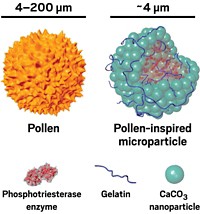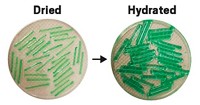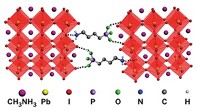Advertisement
Grab your lab coat. Let's get started
Welcome!
Welcome!
Create an account below to get 6 C&EN articles per month, receive newsletters and more - all free.
It seems this is your first time logging in online. Please enter the following information to continue.
As an ACS member you automatically get access to this site. All we need is few more details to create your reading experience.
Not you? Sign in with a different account.
Not you? Sign in with a different account.
ERROR 1
ERROR 1
ERROR 2
ERROR 2
ERROR 2
ERROR 2
ERROR 2
Password and Confirm password must match.
If you have an ACS member number, please enter it here so we can link this account to your membership. (optional)
ERROR 2
ACS values your privacy. By submitting your information, you are gaining access to C&EN and subscribing to our weekly newsletter. We use the information you provide to make your reading experience better, and we will never sell your data to third party members.
Environment
Yeast Gets A Protective Coating
April 14, 2008
| A version of this story appeared in
Volume 86, Issue 15
Chinese researchers have devised a way to protect yeast cells with a mineral coating similar to an eggshell (Angew. Chem. Int. Ed., DOI: 10.1002/anie.200704718). Such a coating can extend the shelf life of cells during storage. Ruikang Tang and coworkers at Zhejiang University altered the surface properties of the yeast cell with a mixture of polyelectrolytes. The high density of carboxylate groups in one of the polyelectrolytes provides active nucleation sites for the precipitation of calcium phosphate on the cell, which becomes completely encased in the mineral. Encapsulated cells enter a resting state and can be reactivated by dissolving the shell in a pH 5.5 HCl solution. Many of the protected cells remain viable after one month in water. They can also withstand harsh conditions, such as exposure to a mixture of enzymes that would usually digest the cell wall. In both cases about 15% of the cells die, possibly because of defects in the shells.





Join the conversation
Contact the reporter
Submit a Letter to the Editor for publication
Engage with us on Twitter